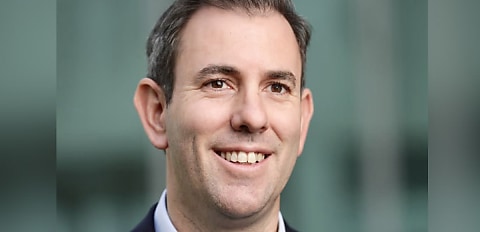After releasing the final report of the review into the Reserve Bank of Australia (RBA), An RBA fit for the future, federal Treasurer Jim Chalmers has confirmed that the government “agrees in principle” with all the review’s 51 recommendations and will now work with the RBA, the Parliament, and other stakeholders to implement them.
While he interpreted the review to show that the RBA was “a well‑regarded institution, with high-quality staff, that has served Australia well”, he conceded that the review identified a number of opportunities to strengthen it.
Mr Chalmers said that implementing the recommendations — which cover five main themes (a clearer monetary policy framework; stronger monetary policy decision-making and accountability; an open and dynamic RBA; more robust corporate governance; and ensuring RBA leaders drive institutional and cultural change) — would “ensure our monetary policy framework is the best it can be and boost confidence in our central bank”.
“The Government is committed to working with the Reserve Bank, Council of Financial Regulators, and other stakeholders to implement these recommendations, collaboratively and constructively,” the Treasurer said, flagging that bipartisan support would be critical to implementing some of the recommendations through legislation (and welcoming the co-operation of shadow treasurer Angus Taylor thus far).
Subject to consultations with the opposition, he said the government intends to introduce legislation to:
- Reinforce the independence of the RBA in the operation of monetary policy
- Strengthen the RBA’s mandate and clarify that Australia’s monetary policy framework will have dual objectives of price stability and full employment
- Establish a separate monetary policy board and governance board to ensure decision-making and corporate governance arrangements are as effective as they can be.
“I will work with the RBA board to agree [to] a new Statement on the Conduct of Monetary Policy to be finalised before the end of 2023,” he said on Thursday (20 April), outlining that this would “reaffirm the government’s commitment to the independence of the Reserve Bank and support for the inflation targeting framework”.
It would also set out the Albanese government’s “shared understanding for strengthening decision-making, accountability and transparency in monetary policy decisions”.
Mr Chalmers said that the government would also “institute more open and transparent processes for appointments of external members to the RBA boards”.
New RBA board appointments
While the review outlined that the RBA should have two boards — one for monetary policy and one for governance — the existing board members are expected to remain in place for the duration of their term but be allocated to one of the two boards once they are established.
As well as stating that the government is working to implement an expression of interest process for the latest round of board appointments, the Treasurer also announced two new board members for a five-year term.
Former Federal Court of Australia judge and former Fair Work Commission president Iain Ross and former AustralianSuper and Afterpay chair Elana Rubin will join the central bank board as part-time members, effective 7 May and 31 August, respectively.
They replace outgoing members Wendy Craik and Mark Barnaba who chose not to seek reappointment.
“These appointments will continue the high-level skills and experience available to the Reserve Bank board,” Mr Chalmers told media.
“They will help ensure the board is well-equipped both to deliver monetary policy in an increasingly complex and uncertain environment and to implement the recommendations of the RBA review.
“Iain Ross and Elana Rubin are highly capable people and I have absolutely no doubt that they will make important and excellent contributions to the Reserve Bank board going forward," Mr Chalmers said.
[Related: RBA to have 2 boards as part of major shake up]
